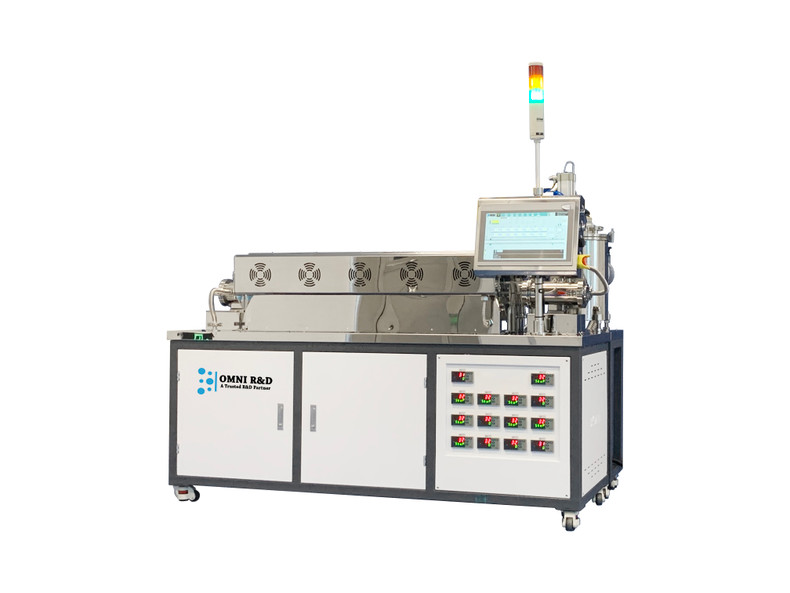Laboratories are the epicenters of scientific discovery and innovation. Researchers and scientists rely on state-of-the-art equipment to conduct experiments, develop new materials, and push the boundaries of human knowledge. Omni R&D, a leader in laboratory equipment, has recently introduced two groundbreaking products that are poised to revolutionize the way we conduct research and mass production in the fields of chemistry, pharmaceuticals, and nanotechnology. In this blog post, we will delve deep into these two cutting-edge systems: the "High-Capacity Organic Purification and Sublimation System for Mass Production" and the "Small Molecule Sublimation Purification System." We'll explore their unique features, applications in various industries, and the impact they are set to make on laboratory research.
Our journey into the world of advanced laboratory systems begins with the "High-Capacity Organic Purification and Sublimation System for Mass Production." This system is a game-changer for industries that require large-scale chemical processing. It boasts the capability to purify organic mixtures at an unprecedented scale, accommodating up to 22 lbs of material in a single run. One of its standout features is the unique flow field design, ensuring efficient purification. The integration of high-precision mass flow meters and a high-vacuum unit adds precision and control to the purification process.
To appreciate the significance of the High-Capacity System, we need to understand the industries it serves. Mass production industries, such as pharmaceuticals and bulk chemical manufacturing, demand high throughput without compromising on quality. This system has been meticulously designed to meet these demands, providing a solution that optimizes efficiency and purity in large-scale production.
Switching gears, we turn our attention to the "Small Molecule Sublimation Purification System." This laboratory-scale sublimator is a precision tool designed for the purification of small organic molecules. It employs a vacuum sublimation process, making it ideal for purifying sensitive materials used in pharmaceuticals, optoelectronics, and nanotechnology.
The pharmaceutical industry relies heavily on precision and purity. The Small Molecule Sublimation Purification System plays a pivotal role in pharmaceutical research and development by ensuring the highest levels of purity in small organic molecules. Its ability to handle up to 50g batches and support a wide temperature range is invaluable in drug discovery and development.
In the realm of nanotechnology, precision is paramount. The Small Molecule Sublimation Purification System finds its application in the purification of semiconductor nanocrystals and other nanomaterials. Researchers in this field rely on the system's vacuum sublimation process to achieve the purity required for cutting-edge nanotechnology applications.
Both the High-Capacity System and the Small Molecule Sublimation Purification System are designed with the user in mind. They feature user-friendly interfaces, touchscreen controls, and integrated monitoring systems. Researchers can customize settings to suit their specific purification needs, enhancing the efficiency and convenience of their work.
The technological innovations embodied in these systems reflect Omni R&D's commitment to advancing laboratory technologies. The High-Capacity System's large-capacity condensation filtration system and high repetition rate ensure stability and temperature uniformity, setting new standards in mass production. The Small Molecule Sublimation Purification System's precision temperature control zones and 5KW power rating enable breakthroughs in pharmaceutical and nanotechnology research.
In conclusion, Omni R&D's High-Capacity Organic Purification and Sublimation System for Mass Production and Small Molecule Sublimation Purification System are not just laboratory tools; they are catalysts for progress and innovation. These systems cater to the diverse needs of mass production industries and precision research fields, offering unparalleled capabilities and user-friendly designs. As we look ahead, we can anticipate these systems to play a pivotal role in shaping the future of laboratory research and production, driving advancements that will benefit industries and society as a whole.

